#plastic man
Pretty sure that this was another book that was initially bought by my brother Ken. I wasn’t particularly a fan of this run of PLASTIC MAN, though I appreciate it a lot more today as an adult. But as a kid, I had that same insecurity that so many fans experience at one point or another: I took my comics seriously and I wanted the world to take them seriously as well. So stuff that was more on the comedic or humorous side was dismissed as “kid’s stuff”. As though any story featuring men flying through the air in brightly-colored outfits isn’t inherently kid’s stuff.

This issue was written by John Albano, best-remembered as the originator of Jonah Hex. Albano didn’t do much super hero work, and in fact I didn’t remember him working on Plastic Man until I cracked this issue again. The real appeal here is the artwork by Ramona Fradon, the legendary cartoonist who visually created Metamorpho and who illustrated Aquaman for decades. She’s got a fluid, fun style hat really suits the tone of a Plastic Man adventure.

The issue opens with a two-page recap of Plastic Man and Woozy’s origins, freely cribbed visually from the original Jack Cole material as reinvented by Fradon. Thereafter, we focus in on the General and the Colonel, a pair of very ‘70s cultural revolutionaries-turned-terrorists. They and their confederates blow up a “capitalist-owned” department store, injuring several. Plastic man and Woozy are on the case–but first Plas needs to stop over to see his new girlfriend, Dolly. Plas has some competition for Dolly’s affection in the person of her other boyfriend, the handsome Roger.

Unfortunately, Dolly is also the daughter of bank robber Willie Wile, and the General and the Colonel intend to capture her in order to recruit Wile to the people’s struggle. They break into Dolly’s apartment intending to abduct her, and when Roger resists, he gets knocked out the window. Fortunately, Plastic Man is still just down the block, and is ale to effect a rescue.

By threatening Dolly, the General and the Colonel are able to get away. But Plas takes to the rooftops to follow them, pursuing them to a deserted area. Overhearing their plans, he makes the connection that these are the bomber. But he bides his time so as not to endanger Dolly or her father, posing as a tire on their revolutionary van.

Willie is forced to plan a bank job in order to finance the General’s continuing struggle. He does so by having the crew pose as the Bomb Squad, entering a nearby bank and telling the manager that a bomb threat was received. Then, when the bank is evacuated, the General and his confederates can scoop up the money under the guise of searching for the explosives. The robbery goes off without a hitch, and the crew rendezvous with their fellow revolutionaries, who are holding Dolly as insurance.

At this moment, Plastic Man reveals himself, and he and Willie mop up on the bad guys. Plas is the hero of the hour–but Dolly tells him that he can’t see him tonight, as Tuesdays are for Roger, and Wednesdays are for Tom, and… It’s a fun story throughout, with some good gags and great, engaging artwork. But as a kid, I didn’t think much of it, and it’s the last issue in this run of PLASTIC MAN that I read.
Post link
In January of 1977, I turned ten-years-old. And around that time, I would up getting my second book collection of vintage comic book stories–a book that, up until that point I didn’t even know existed. We found it in the remaindered section at Two Guys, a regional low-rent department store chain, kind of like the K-Mart of its day. And because I had money that had been given to me for my birthday, I was able to buy it. By that point, it was twelve years old and had gone through several printings–it was, in fact, the very first collection of vintage comic book stories ever published, coming out in 1965 just ahead of the Batman TV show craze.
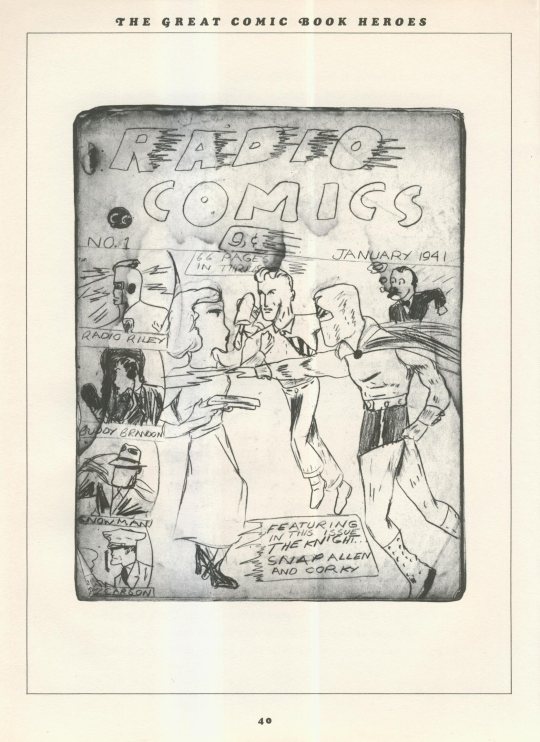
THE GREAT COMIC BOOK HEROES began life as an article that Jules Feiffer had written for Playboy magazine, of all places. It was a nostalgic look back, warts and all, at the comic books that were a part of his youth and the state of the industry a few years later when he was able to get into the business working for Will Eisner. From there, Feiffer went on to be a successful syndicated cartoonist, his strip primarily appearing in the Village Voice, as well as an accomplished playwright. He was so well-regarded, in fact, that he was able to convince a number of publishers to reprint stories from their back catalog in this hardcover collection–publishers who, up to this point, has never really worked in concert before.
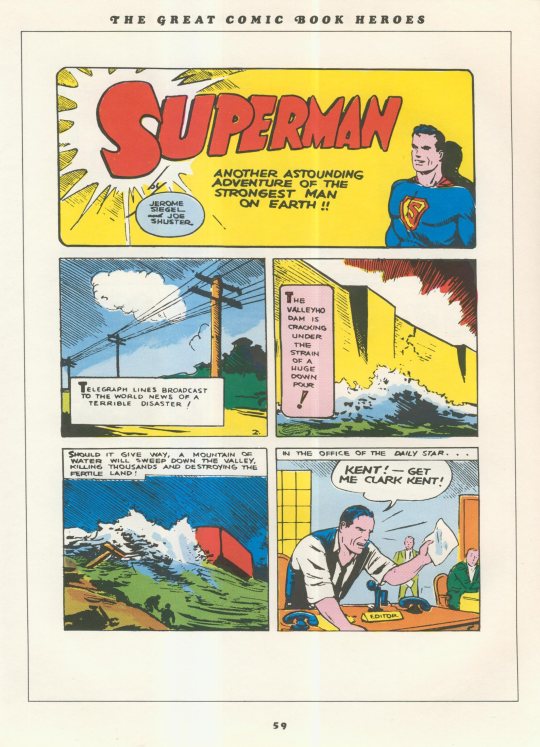
As no good reproduction materials existed, Feiffer worked in concert with DC’s Jack Adler to pioneered a process by which old comic books could be photographed under certain conditions to create a usable black line image, and then recolored. This same process was later used on many of DC’s reprints, in particular the FAMOUS 1st EDITION treasuries–I gather that the reason its use wasn’t more widespread is that it was more costly and time-consuming than was considered worthwhile for a regular comic book release.

Feiffer was also enough of a bigwig in 1965 that he was able to negotiate a minor detente in the legal agreement between DC/national Periodicals and Fawcett Publications, enough to allow him to reprint a single page’s worth of Captain Marvel. In 1977 when I read this book, I didn’t understand why this was a big deal (and in fact I had read this same story twice before already.) I believe it was the one and only exception ever granted, at least up until the point where DC began licensing the rights to Captain Marvel from Fawcett in 1973.
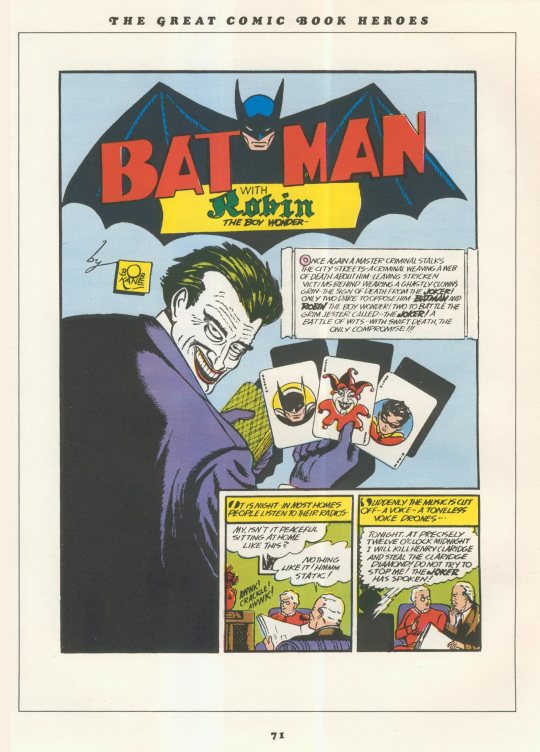
I will confess that, when I first bought this volume, I didn’t read any of Feiffer’s text. That seemed like work to me, who needed it? It was the stories that I was here for! I was hypnotized by the reproduction of one of the comic books that Feiffer had made and sold on the neighborhood street when he was a kid. I had begun to make my own comic books before this, and so this was a very primal point of connection for me–I think I may have read the text of just that one “chapter” (they were all short enough that they were only three or four pages long.)
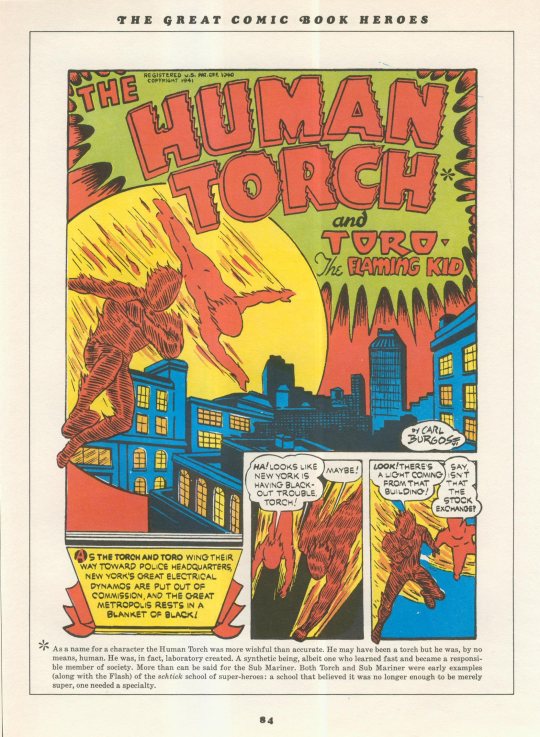
I also didn’t read the stories featuring the Human Torch, the Sub-Mariner and Captain America that were included in the volume. Why would I? I had learned from past experience that I adamantly disliked Marvel comics, decried them whenever I was asked about them, so there was no need to investigate these stories. It would literally be months, not until the summer of 1977, when, on one dull day with nothing better to do, I finally cracked and read through both Feiffer’s full text and the three Marvel stories. And they (along with the write-ups on Timely in the Steranko History of Comics, coming soon) were enough to compel me to give Marvel another chance. But we’ll get to that in due time.
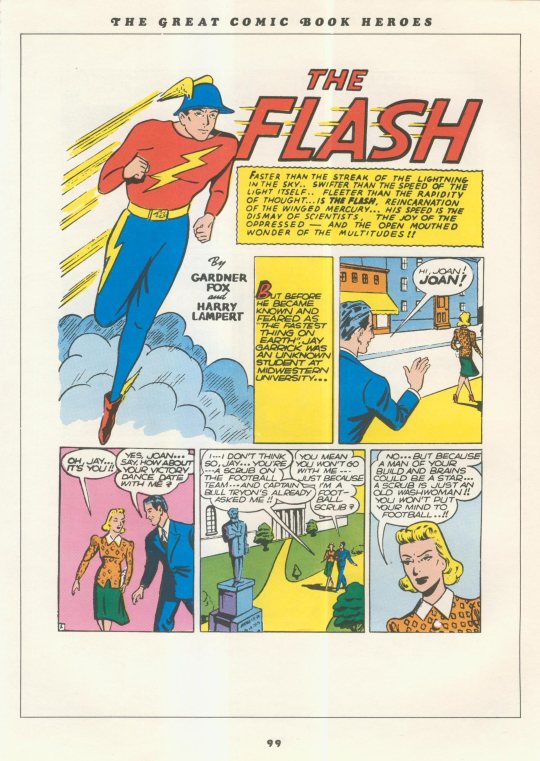
The one disappointing aspect of Feiffer’s book to me, coming to it twelve years later, is that there were already a number of stories in it that I’d read already. Because Feiffer tried to hit all of the mainstays of the big comic book houses in his reprints, and as often as possible, the opening or origin installments. The only times he varied from this approach was when there was some other aspect of the character or the strip that he was trying to highlight–a number of these series took a little while to completely crystallize in their final forms, and Feiffer took that into account when choosing his stories.
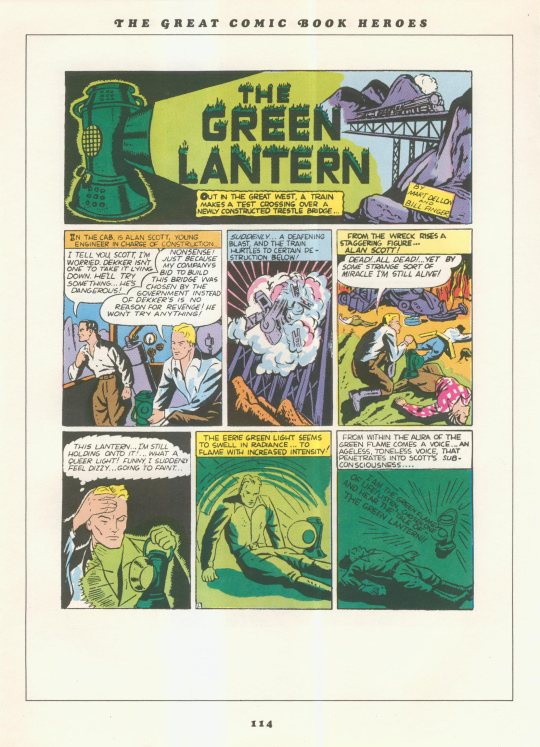
So what was reprinted in this volume? It opened with a two-page origin of Superman, taken not from ACTION COMICS #1 but rather from the more expanded version first shown in SUPERMAN #1. Thereafter, he ran a story that he sourced from SUPERMAN #3 but which was first published in ACTION COMICS #5. It’s really the first full story in which all of the quintessential elements of the Superman series coalesce: the Lois-Clark-Superman relationship in particular. There are several pages in the middle of it that were clearly reworked from newspaper strip samples, panels extended and reformatted into comic book pages haphazardly.

Following the single page of Captain Marvel he could show, Feiffer then reprints the origin of Batman, from BATMAN #1 (which I’d read), as well as the first story featuring the Joker (likewise). This was about a year in, by which point Robin had been introduced, and wit the debut of the Joker all of the elements were in place. But not new to me. Next was a relatively late Human Torch story from MARVEL MYSTERY COMICS #20–like Batman, by this point the Torch’s young partner Toro had come into the series, and it had settled down into typical super-heroics. But I didn’t read it, not yet.

A pair of stories that I’d already experienced came next: the first adventure of the Flash (my third copy of it!) from FLASH COMICS #1 and the first installment of Green lantern from ALL-AMERICAN COMICS #16. Next came a solo Spectre story from ALL-STAR COMICS #1. I was familiar with this early version of the Spectre from the FAMOUS 1st EDITION reprint of ALL-STAR #3, but he wasn’t especially interesting to me. Because he was already dead and could do literally anything, there wasn’t a lot of drama to be found in his stories. Even as a kid, this deficit was apparent to me. Superman, at least, had to struggle to accomplish whatever his goal was.
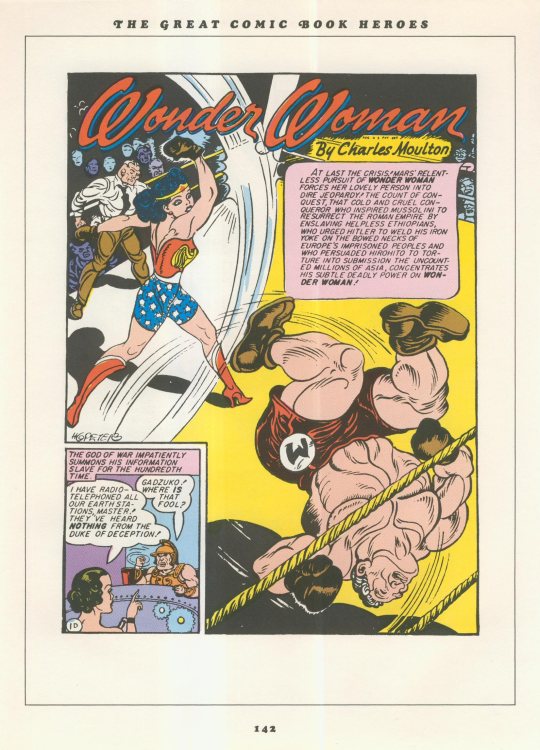
Next came an adventure of Hawkman, sourced from FLASH COMICS #5. Here, Feiffer skipped the earliest adventures of the winged wonder so as to showcase the work of Shelly Moldoff on the strip (and in particular how often he was swiping Flash Gordon panels by Alex Raymond, which happened everywhere.) This was followed by a Wonder Woman story from WONDER WOMAN #2–actually, it was a single chapter of a four-chapter larger story, but I wouldn’t discover this for decades. Feiffer chose it as a good example of some of the strange sexuality that was operating under the hood of what at first glance appeared to be a patriotic heroine series. This was the stuff that really made Wonder Woman sizzle, and the lack of which one of the reasons why her series had such a lack of pop in the 60s and 70s.

Then came a Sub-Mariner adventure from MARVEL MYSTERY COMICS #7, by which point creator Bill Everett had worked out the bugs. I didn’t read it for several months, but essentially it’s an orgy of destruction, as Namor returns to Manhattan to carve out vengeance for his undersea race by wrecking and destroying his way across the city–he even at one point accosts Mayor Fiorello LaGuardia. There isn’t much plot, only carnage–and it ends with Namor’s friend Berry Dean warning him that the Human Torch would be on his trail. But that historic meeting wasn’t included.
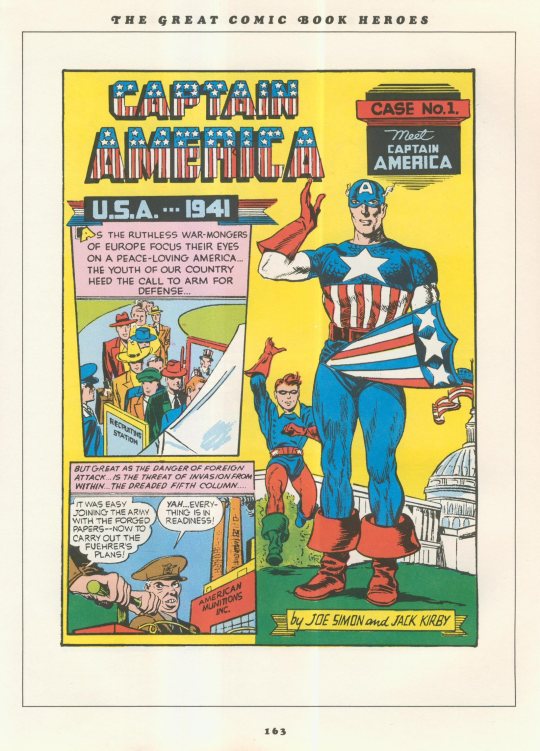
I also skipped the origin of Captain America, from CAPTAIN AMERICA COMICS #1. It’s a pretty crude piece of work, like most of what was reprinted in this volume. There are only hints of the explosiveness that Jack Kirby would bring to the comic book page in the next few issues, to say nothing of the next few decades. The pages were a little bit more jigsaw puzzle-y, but only a little bit. That would change as Kirby got going on Cap.

Next came the first Plastic Man adventure, from POLICE COMICS #1, and which I’d read a few weeks earlier in SECRET ORIGINS OF THE SUPER DC HEROES. It was still a fun tale, but one that only hinted at the inventiveness that Jack Cole would bring to the character and to the page. I felt the same way about the Spirit based on the story that Feiffer reprinted here. He spent a lot of time talking up how innovative and impressive a series it was, but from this sampling, I just couldn’t see it. Part of that, no doubt, is that most scholars consider the best period of Eisner’s Spirit to run from around 1946-1950 or so. But Feiffer was working for Eisner for most of that period–he wrote several of the most memorable tales–and so his interest was in the earliest Spirit adventures, the ones he read as a kid.
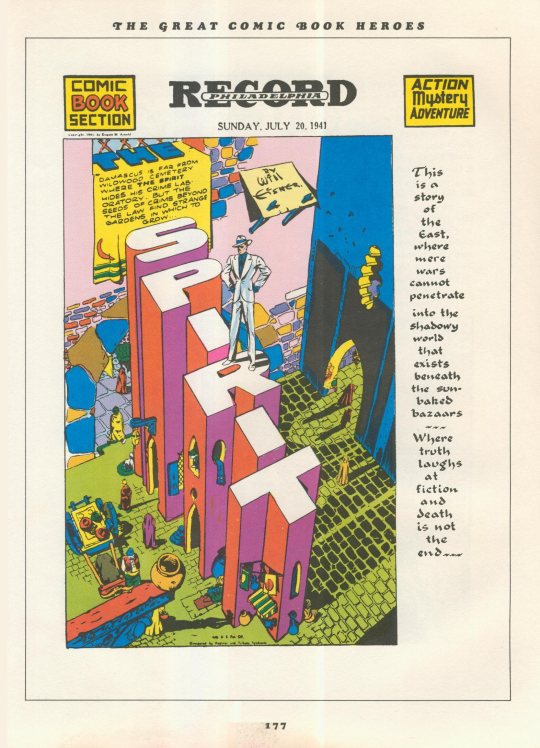
So it was a highly-enjoyable volume, and one that would have a greater impact on me over the course of time, but also slightly disappointing. But I was glad to have it, in particular because its existence came as a total surprise to me. At this point in time, there were precious few compilations of old comic book stories, so each one was like a treasured gem.
Post link
It was an unimaginable 41 year ago today, on Christmas day of 1976, that I finally got my hands on this much-desired beauty, a gift from Santa Claus. And actually, having asked for it specifically on the Christmas list that my mother would demand that each child write (usually sourced out of the Sears Christmas catalog, with an upper cap of $40.00 total), I wound up finding it among other gifts secreted away in our as-yet-unfinished attic, so I knew that it was coming at last.

To say that it was a treasure trove is underselling the situation. It’s unthinkable today, when so much classic material is readily available, either collected in book for or simply available digitally, but in the mid-1970s there wasn’t any way to read old comic book stories that you were interested in other than to find those old comics, or stumble across those stories being reprinted somewhere. So it was extremely difficult for a nine-year-old to make sense of the history of comics, as I was eager to do. Books like this one were invaluable and loved. Indeed, my original copy of this volume is in pieces, the cover and earliest pages having eventually fallen off–I had the paper cover edition, not the more expensive clothbound one. (I couldn’t for the life of me work out why anybody would spend the larger amount when they could have used that money to buy more comics. I get it now.)
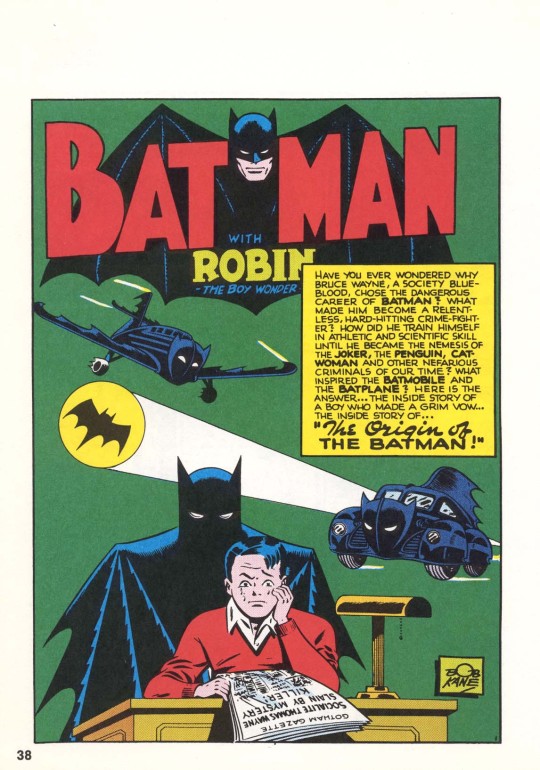
SECRET ORIGINS OF THE SUPER DC HEROES was the follow-up to Crown Books’ successful collections of vintage Superman and Batman stories. But it was really a reaction to Simon & Shuster’s ORIGINS OF MARVEL COMICS and its profitable follow-ups. Carmine Infantino and DC certainly wanted a piece of that marketplace (even if Carmine would be ousted as DC’s Publisher by the time the final product reached the marketplace in mid-1976). So the book is structured remarkably similarly to ORIGINS, with chapters devoted to ten DC heroes reprinting their origin stories (in most cases, two different ones from over the years) and introductory chapters written by Denny O’Neil outlining the behind-the-scenes story as to how these characters came to be.

Sadly, Denny is many wonderful things, but he’s not Stan Lee, so his secondhand recountings aren’t as engaging or fun to read as Stan’s–they read more like a homework assignment. It’s mostly the editors that Denny speaks to and who comment on the genesis of these heroes, and while they’re appreciative of the gainful employment such characters have provided them, you can’t help but get the feeling that it was all just a job to these guys.

Remarkably, the introduction to the Superman chapter speaks of Jerry Siegel and Joe Shuster, at a time when their byline was still stricken from the rolls at DC–this is notable in that, in that previous Superman collection that Crown had published years earlier, neither man was mentioned by name. Similarly, the Batman chapter talks about Bill Finger as well as Bob Kane–in fact, it mentions Finger’s name first. This was an extraordinary thing in 1976, and something that DC would walk back for at least a few more months on Jerry and Joe’s side, and for decades longer when it came to Finger. Whether this was due to Denny, or a desire to give a true accounting so as to mimic ORIGINS (whose accounting is far more compromised), it almost doesn’t matter.

The book also bridged the gap between the Golden Age and the more modern Silver Age, the Earth-1 and Earth-2 incarnations of the characters. In all but the final two instants, two stories were run featuring each character: their initial Golden Age appearance (or origin, in the case of Batman and Wonder Woman) and then either a more recent retelling or updating of that origin, or the origin or first appearance of the Silver Age incarnation of that hero. So you got Jay Garrick along with Barry Allen, Alan Scott besides Hal Jordan, and Al Pratt as well as Ray Palmer.
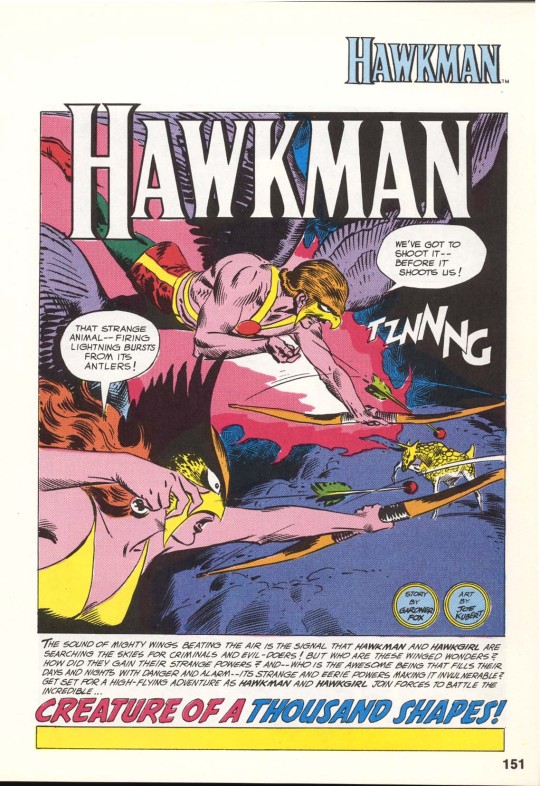
So, just walking through the volume a little bit, after some introductions and dedications (Sheldon Mayer!) it gets down to business with Superman, starting with a reprint of the first page of his initial story in ACTION COMICS #1 (which I’d already seen in the FAMOUS 1ST EDITION reprinting) followed by the expanded Origin of Superman from the AMAZING WORLD OF SUPERMAN special edition–this one I’d also previously read, in a SUPERMAN treasury Edition.

This is followed by the origin of Batman from BATMAN #1 (I’d read it) and then the well-regarded 1948 story in which Batman tracks down Joe Chill, the man who had killed his parents. It’s a story that packs a punch. Next came Wonder Woman, whose origin from the first issue of her comic was reproduced (Again, I’d read it in reprint before) followed by a more modern recounting by Robert Kanigher and Don Heck that also built up the mystery of Nubia, Diana’s long-lost sister.
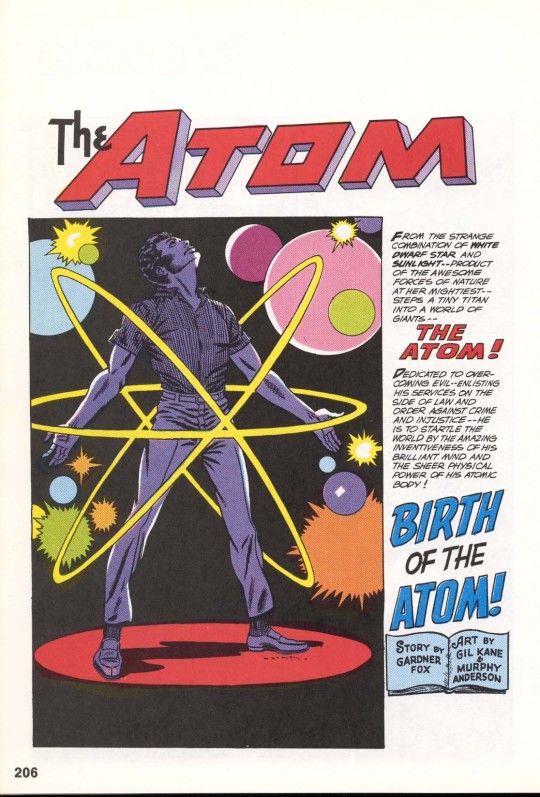
Then came the main event, the reason I had jonesed over this volume for so long: the origin of the Flash. It began with a reprint of the first Jay Garrick story (read it already!) and then reprinted the inaugural Barry Allen story from SHOWCASE #4. And I loved it, boy, every nonsensical second of it. This was followed by the first Green Lantern story, featuring Alan Scott–Scott doesn’t don his costume until the very last panel in this story, which was a bit disappointing–and then the first Hal Jordan tale (in which he does wear his costume, but no mask yet.) The fact that so many of DC’s characters had debuted in anthology titles, and so their stories were shorter than their Marvel competitors made it easier to fit more stories into a single volume.
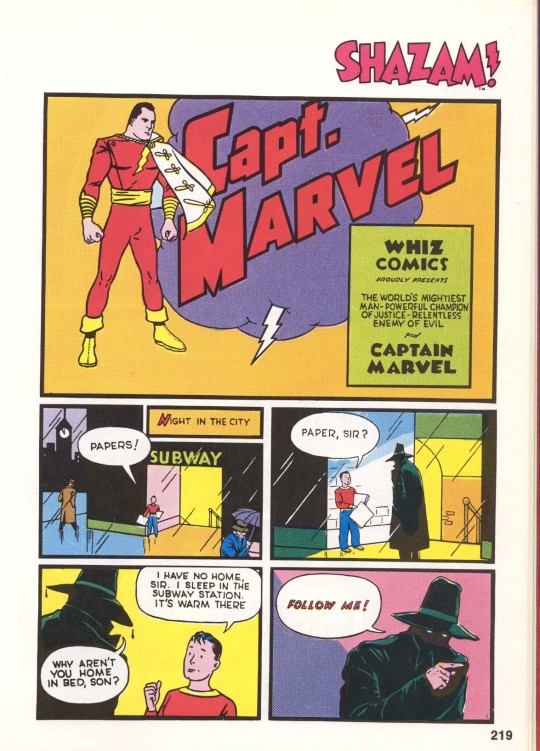
Then came two Hawkman origins (I’d read the first in the FLASH COMICS #1 Treasury, but not the Silver Age story) and a pair of Green Arrow stories, neither the Emerald Archer’s first appearance but both detailing contradictory origin stories for his costumed identity and mastery of the bow. I naturally concluded that the first must be the Earth-2 Green Arrow, which turned out to be true. The Atom came next, and he never even got a costume in his initial outing as Al Pratt, nor did Ray Palmer in his initial story. Still, these were all fun and inventive.

The final two slots in the book were devoted to DC “acquisitions” that had originated elsewhere. So next came the first Captain Marvel story from WHIZ COMICS #2 (the first issue had been an ashcan–and I’d read this story when #2 was reissued as a FAMOUS 1ST EDITION) and the first Plastic Man yarn from POLICE COMICS #1. This book is a treasured favorite, and I’ve replaced it twice over the years. It was also the start of what became a long Christmas tradition in which I would be given books on comics by my family, friends and relatives. And so it was a merry Christmas indeed.
Post link
Plastic Man + Hunter S. Thompson = FEAR AND LOATHING IN GOTHAM.
While tracking the Scarecrow, Plastic Man gets hit with the fear toxin. The only problem is, Plastic Man doesn’t have a conventional human brain structure. So it makes him go full gonzo. He then follows the Scarecrow into Gotham where hilarity and hijinks ensue.
Post link
All-Star Squadron Roll Call from All-Star Squadron #31, March 1984. Art by Rick Hoberg and Mike Machlan, written by Roy Thomas.
Post link

what happened to him…
babalooie










Plastic Man (Eel O’Brian) icons from Plastic Man (Simone, Melo, Fitzpatrick, 2018)
✨like/reblog✨

Dr. Kirk Langstrom
I’d like to have sex one more time with my wife who stole my work and tried to take over Gotham 9 years ago. My body yearns for hers. The ultimate downside to finding “the one” is she may turn out to be evil and leave you wanting.
PLASTIC MAN
i also choose this guy’s evil wife
Rorschach.
You couldn’t possibly understand the intricacies of my mind. I doubt you can even understand your own. If you knew the dark planes of my imagination you would want me dead. I am blight on this earth, just like every other living being before me.
PLASTIC MAN
cool dude
Post link










I’m My Own Worst Enemy, 2022-02-22 edition






MORE! Logan gets caught off guard by his homie, i REALLY want plastic man and deadpool to meet oh my god, the aftermath of x1 aka Logan realizes hes a dad now, peter you’re a massive hypocrite, and hijabi raven teentitans for the grand finale






DOODLES



Patrick/Patricia Eel O'Brian content
Plas&Morgan




Some genderswap thing

Something from last year
Just wanted to draw him in Super Hero Girls style.Still wondering what would he be like in that show.

Gotta say it’s kinda interesting to see people tagging their own thoughts under the reblogs


Go find me on Pixiv if you would like to see more of my BatPlas doodles

Eels!
【While I was drawing, I was thinking about Eel’s clothing designs, which seems,in my opinion,not only changed over the years but also kinda related to his state of mind… For example, in the early comics, he would choose a blue purple color to accentuate the difference between his superhero identity and gunstar identity…even though most of the costumes are red, black, and yellow in the 90s and early 00s, when he offered his resignation to the JLA, he choose to have a blue suit instead of a red one,which reminded me when he was depressed and decided to become Kyle Morgan in Batman:The Brave and the Bold #76,he had only a yellow shirt on his upper body…
Well,enough nonsense】


Some sort of Steven Universe crossover thing

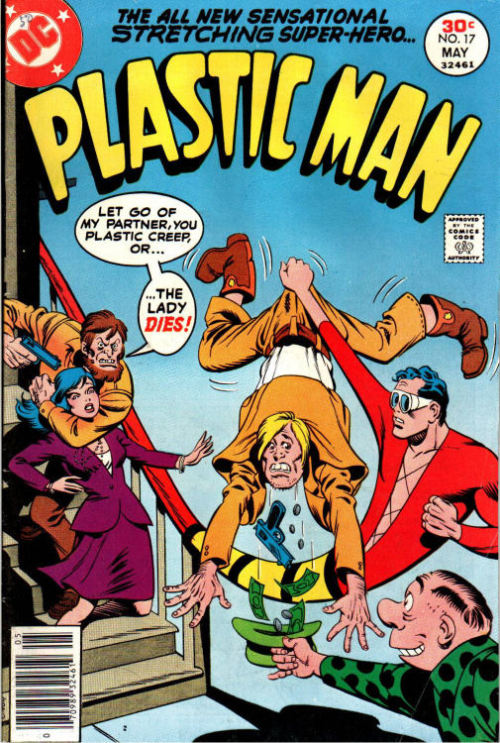



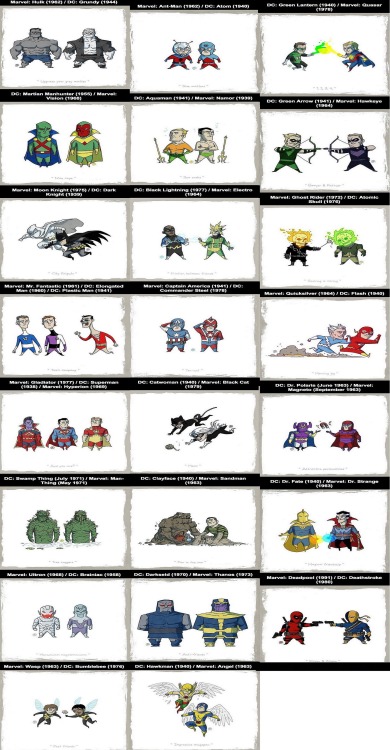

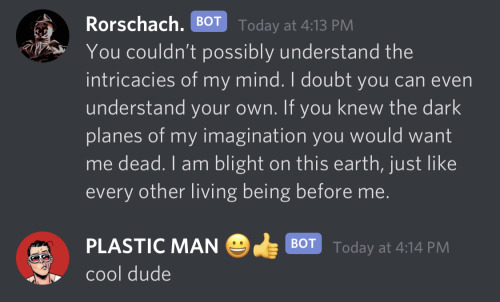
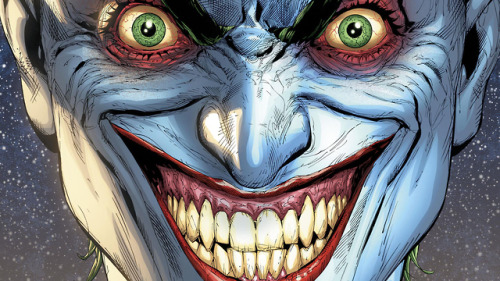
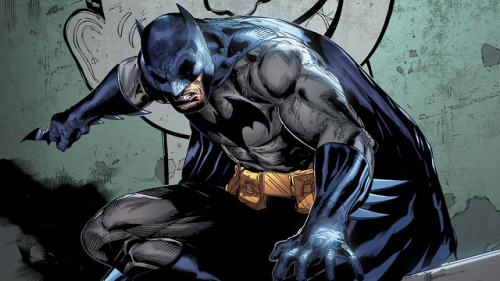
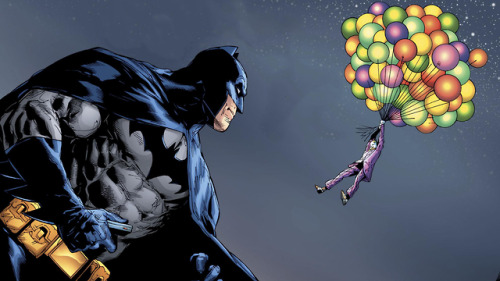

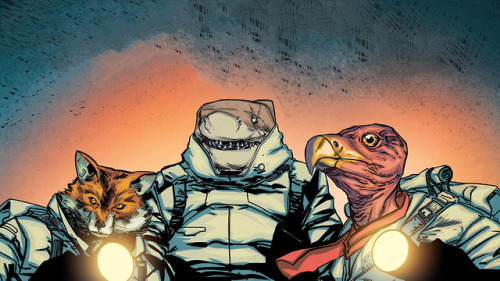
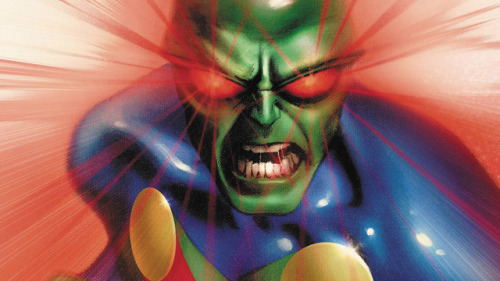
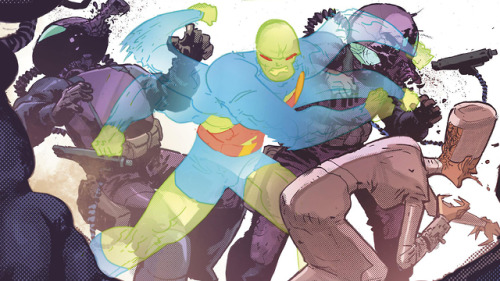
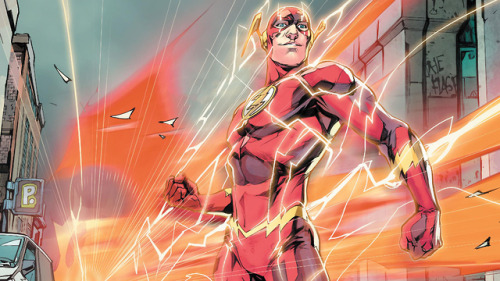


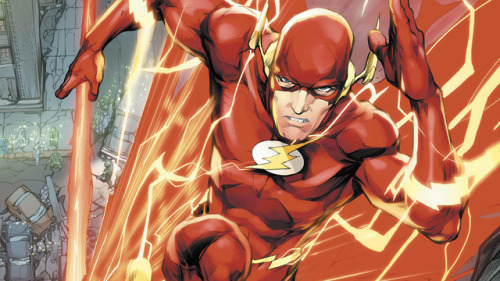
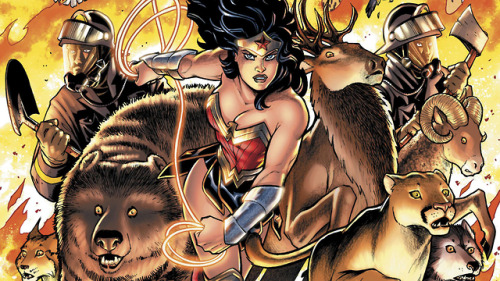
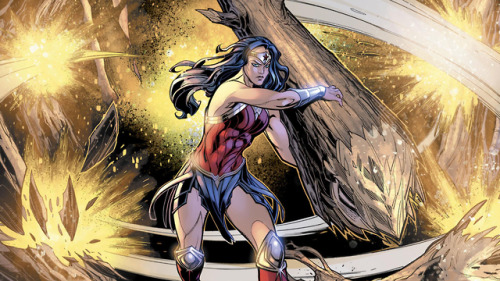

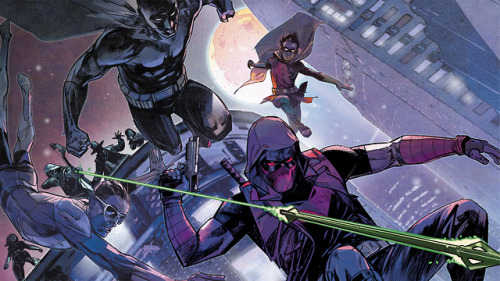
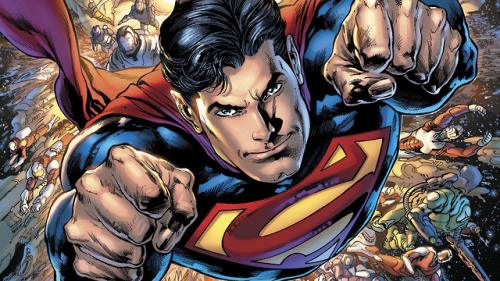
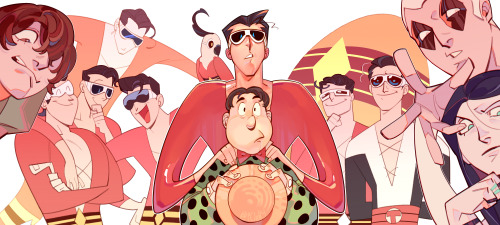
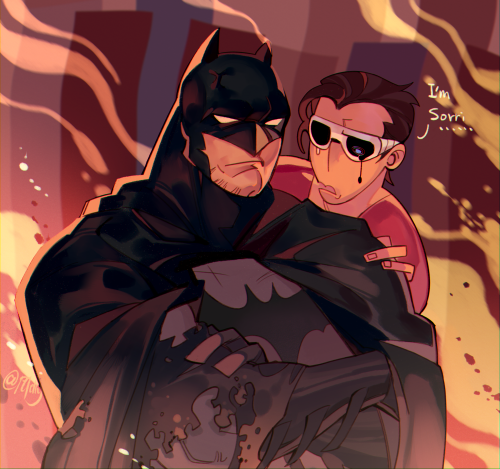

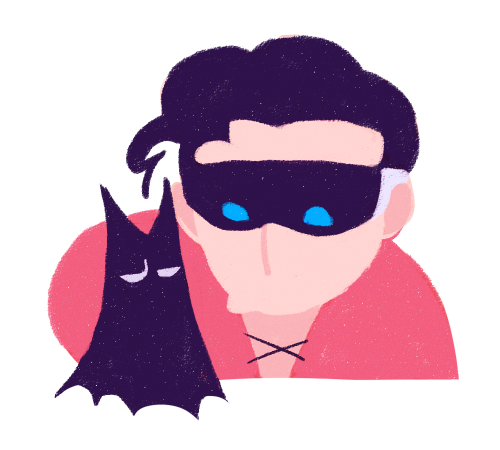
![DC Wallpapers Set 2 [IF YOU USE ANY PLEASE REBLOG AND SHARE THE JOY!!] DC Wallpapers Set 2 [IF YOU USE ANY PLEASE REBLOG AND SHARE THE JOY!!]](https://64.media.tumblr.com/647b1051c772d5964bca280827d814d9/tumblr_p2ggtikgcs1wylw6oo1_500.jpg)
![DC Wallpapers Set 2 [IF YOU USE ANY PLEASE REBLOG AND SHARE THE JOY!!] DC Wallpapers Set 2 [IF YOU USE ANY PLEASE REBLOG AND SHARE THE JOY!!]](https://64.media.tumblr.com/43874a3bdafdfa5b6566485f11ae33e3/tumblr_p2ggtikgcs1wylw6oo2_500.jpg)
![DC Wallpapers Set 2 [IF YOU USE ANY PLEASE REBLOG AND SHARE THE JOY!!] DC Wallpapers Set 2 [IF YOU USE ANY PLEASE REBLOG AND SHARE THE JOY!!]](https://64.media.tumblr.com/407c93b3ab06fbfe39cdc8188e7ccc36/tumblr_p2ggtikgcs1wylw6oo3_500.jpg)